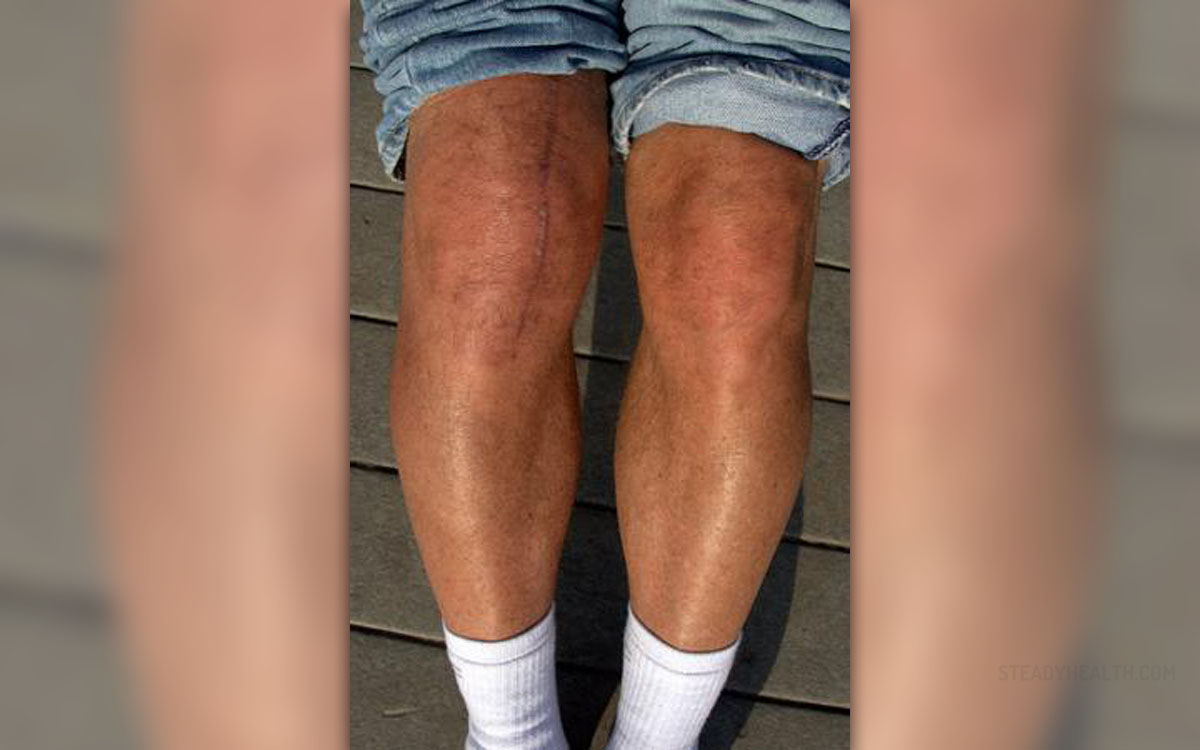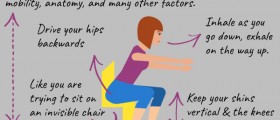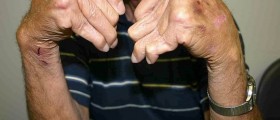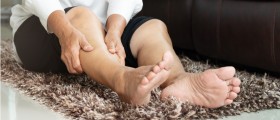
Pain above the knee cap is a surprisingly common condition. This type of pain usually affects aging people or athletes (both recreational and professional). The pain that surrounds the kneecap might be described as sharp, and it hurts the most when these people try to walk, run, or bend their knee.
There are several possible causes of pain in the knee. The most common causes of knee pain are probably various knee injuries, osteoarthritis, intermittent claudication, sciatica, and peripheral neuropathy.
What could cause pain above the left or right kneecap?
Knee injuries
A direct physical blow to the knee or an unusual twisting and stretching movement can cause different types of pain, including sharp or electric pain above the knee cap. Ligaments might get torn because of the excessive stress the knee was exposed to. In other cases, it may instead be stress on the cartilage or the meniscus that causes pain in the knee. People who have sustained knee injuries, whether in a fall, a blow, or an awkward movement, will usually be able to associate the pain with the injury, and will be able to seek medical attention if the pain is unbearable.
Osteoarthritis
Osteoarthritis, the most prevalent kind of arthritis around, is also called degenerative arthritis or "wear and tear arthritis". Osteoarthritis is a disorder of the joints that may lead to development of spurs and cysts at the edges of the affected joints. Because the cartilage between the bones starts to degenerate, bones become deformed and there is an accumulation of fluid in the joints.
Both of these problems may be responsible for pain as well as swelling above the knee cap — and though osteoarthritis can strike any joint, the knee is very often the victim. Patients will feel stiff and the area around the knee may be swollen. Although the degeneration of the cartilage cannot be cured, osteoarthritis and its symptoms can be managed.
Intermittent claudication
Patients suffering from this type of knee pain usually complain about aches, cramps, and a burning sensation in the legs after walking or squatting. Sometimes, the pain is also accompanied by leg weakness and tiredness. Resting relieves the pain for most of these patients, since the cause of the problem is poor circulation in the legs. If the situation worsens, patients may be in pain even during periods of rest — and what's more, the condition can affect both knees. Another issue known to be associated with the intermittent claudication is erectile dysfunction.
Sciatica
Irritation of the sciatic nerve causes pain in the lower back, behind the thigh, and this pain. Many people know this, but are you also familiar with the fact that the pain associated with sciatica may proceed to radiate toward the knee as well, a phenomenon known as referred pain?
A common cause of sciatica is a herniated disc pressuring the nerve. The treatment for sciatica includes medication, physical therapy, and the avoidance of movements that worsen the problem. Some cases require surgical measures.
Peripheral neuropathy
Certain traumatic injuries, infections, exposure to different toxins, and metabolic problems may cause peripheral neuropathy. Diseases such as diabetes or kidney failure as well as some medications or vitamin deficiencies may also lead to the same problem.
This condition is characterized by numbness, weakness, loss of reflexes, and a burning pain in different parts of the body, including the knee. Symptoms usually improve after a while, especially if the cause of the problem is being treated. Patients suffering from this condition might get some painkiller medications alleviate their discomfort and facilitate better movement.




-Symptoms,-Diagnosis,-Treatment_f_280x120.jpg)












Your thoughts on this
Loading...